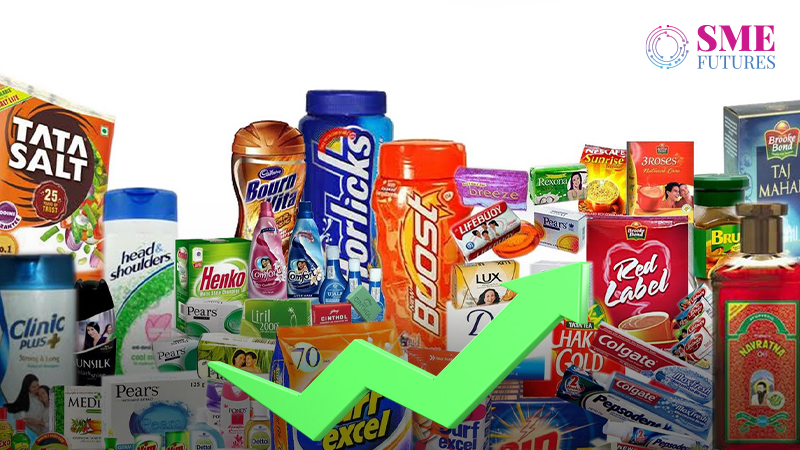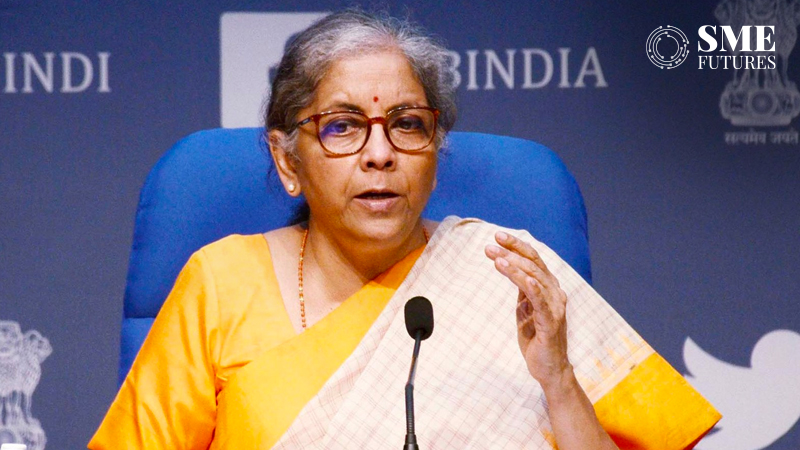RBI likely to maintain status quo as WPI inflation spiked a 4-month high of 5.28 percent
According to media sources, inflation-based on wholesale prices spiked to a four-month high of 5.28 per cent in the month […]
Parul November 19, 2018

MORE IN News
Up to 20% of AI initiatives fail without intelligent data infrastructure: Report
CarDekho Group introduces TractorsDekho for farming community
Election uncertainty casts shadow over Indian auto industry’s growth
Hospitality, oil & gas, FMCG sectors see surge in hiring in India
India’s EV policy sparks industry optimism; anticipate surge in investments
According to media sources, inflation-based on wholesale prices spiked to a four-month high of 5.28 per cent in the month of October mainly due to rise in fuel prices. However, the RBI is likely to maintain status quo in its next monetary policy review as the price of crude oil and currency are stabilising.Meanwhile, the Wholesale Price Index (WPI)-based inflation stood at 5.13 per cent in September and 3.68 per cent in October last year. The government released data stating that the food articles have witnessed softening of prices with deflation at 1.49 per cent in October, against 0.21 per cent in September.In fact, vegetables have too become cheaper with deflation at 18.65 per cent in October, compared to 3.83 per cent in the last month.On the other side, inflation in fuel and power basket in the month of October spiked to 18.44 per cent, from 16.65 per cent in September. Independently, in petrol and diesel it was 19.85 per cent and 23.91 per cent, respectively. Whereas, for liquified petroleum gas (LPG) it was 31.39 per cent during the month of October.Meanwhile, the WPI inflation is in contrast to the retail or consumer price index-based inflation data released earlier this week. The October CPI inflation had cooled to a year-low of 3.31 per cent.ICRA, Principal Economist Aditi Nayar quoted that, “the uptick in the WPI inflation in October reflected the impact of the pass through of higher commodity prices and the rupee depreciation. The disinflation in food prices had a much smaller impact on wholesale inflation than the CPI, given the difference in weights for food items in the two indices.”She further added, “despite the change in the monetary policy stance to calibrated tightening and the uptick in the core-CPI and core-WPI inflation in October 2018. The Monetary Policy Committee (MPC) appears likely to maintain a status quo on the repo rate in the December 2018 policy review, following the decline in the October 2018 headline CPI inflation, the deep correction in crude oil prices, and the pullback in the INR.”As per Aditi Nayar, the RBI is scheduled to come out with its fifth bi-monthly policy review statement on December 5. She also said that the easing in the crude oil prices and the recent strengthening of the rupee, would keep WPI inflation range bound between 4.5-5 per cent in the October-March period.She also added that, “the core WPI inflation hardened to a three-month high of 5.1 per cent in October, reflecting the impact of the rupee depreciation on the landed price of imports. While the uptick in both the core-CPI and core-WPI inflation in October 2018 warrants some caution, the recent pullback in the rupee and crude oil prices has softened the risks to the inflation trajectory.”As per data, the Indian rupee had touched the record closing low of 74.39 in October, and ended the month with a total loss of 104 paise or 1.43 per cent due to a strengthening dollar, firming oil prices and trade issues. Since that time the currency has recovered and is now trading around 72.2 to a dollar.In October Brent crude, the international benchmark, was trading around $76.25 per barrel. Whereas, it is now trading at $65 to a barrel.To reduce the impact of global fuel price rise, the government had, with effect from October 5, cut excise duty on petrol and diesel by Rs 1.50 per litre and had also asked the state-owned oil firms to subsidise the fuel by another Re 1 a litre.As per statistics, the 5.28 per cent inflation is the highest in four months, and a higher inflation than this level was last seen in June at 5.68 per cent. Meanwhile, among food articles, potato prices continued to rule high with 93.65 per cent WPI inflation in October. On the other front, onion witnessed deflation of 31.69 per cent.The Reserve Bank of India primarily takes into account retail inflation data while formulating monetary policies.RBI in its fourth monetary policy review for the fiscal, released last month, it maintained status quo on the benchmark interest rate but warned that volatile and rising oil prices, and the tightening of global financial conditions pose substantial risks to the growth and inflation. For October-March, the RBI pegged CPI-based retail inflation to be between 3.9-4.5 per cent.











